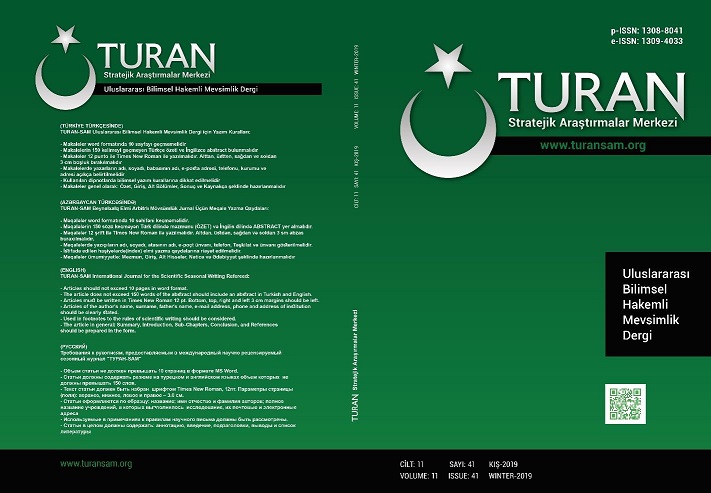ESKİ TÜRK YAZITLARINDA MÜREKKEP CÜMLE
COMPOUND SENTENCE IN OLD TURKISH WRITINGS
Author(s): Hacer HüseynovaSubject(s): Syntax, Historical Linguistics, Turkish Literature, Philology, Turkic languages
Published by: Sage Yayınları
Keywords: Azerbaijani; Turkish; ancient writing; sentence; unconstrained; conjuction;
Summary/Abstract: One of the main step in the study of ancient Turkish inscriptions is the study of the syntactic structure of writing, the sentence and its types. The investigation of the writings give rise to such a conclusion that the syntax of Turkish written texts are almost no different from the modern Turkish languages. The sentences in the Turkish Roshik writings are divided into two parts, simple and complex as in modern Turkish. Simple sentences in modern Azerbaijani are divided into two groups, whether registered or not. However, there are unscriptural sentences in ancient Turkish inscriptions, that is, the absence of word-sentence, binding, unconnected inkless sentences. In the ancient Turkish written sources, very few used connectors that connect the sides of complex sentences. The main reason for this is that the connectors were created in the subsequent periods of Turkish language development. Among the components of the complementary compound sentences employed in Orxon-Yenisei writings are, in essence, "ta // da; Yama (also) "were used. As a result of the study of ancient Turkish written monuments, one can conclude that the language of these texts is different from the modern Turkish languages in linguistic terms. Sometimes it is identical to our modern language, and sometimes phonetic differences are observed. That is, the phonetic, lexical system, grammatical norms have been defined before Turkish national languages are formed.
Journal: TURAN-SAM
- Issue Year: 11/2019
- Issue No: 41
- Page Range: 167-170
- Page Count: 4
- Language: Turkish

